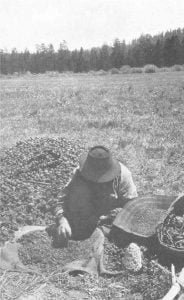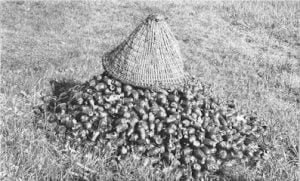Treaty of October 14, 1864
Articles of agreement and convention made and concluded at Klamath Lake, Oregon, on the fourteenth day of October, A. D. one thousand eight hundred and sixty-four, by J. W. Perit Huntington, superintendent of Indian affairs in Oregon, and William Logan, United States Indian agent for Oregon, on the part of the United States, and the chiefs and head-men of the Klamath and Moadoc tribes, and Yahooskin band of Snake Indians, hereinafter named, to wit, La-Lake, Chil-o-que-nas, Kellogue, Mo-ghen-kas-kit, Blow, Le-lu, Palmer, Jack, Que-as, Poo-sak-sult, Che-mult, No-ak-sum, Mooch-kat-allick, Toon-tuck-tee, Boos-ki-you, Ski-a-tic, Shol-las-loos, Ta-tet-pas, Muk-has, Herman-koos-mam, chiefs and head-men of the Klamaths; … Read more









